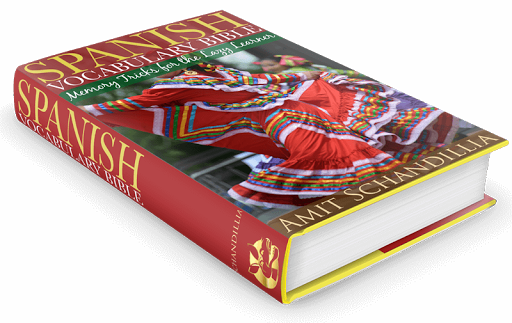When it comes to Mexican Spanish, stereotypes run deep and are often at the very heart of most prejudices and social humor. While these can come off as potentially offensive if one is not sensitive enough while bringing them up, they are too ubiquitous to be ignored. Mexico has a whole spectrum of such stereotypes and at the two extreme ends of this spectrum are the clichés that have divided the Mexican society for generations. These are the nacos and the fresas, the souls of too many social jokes and parodies in the country.
The fresas
Generalization is the salient feature of any social stereotype and those of Mexican Spanish are no exceptions. While fresa is Spanish for strawberry if the dictionaries had their way, it’s also a Mexican Spanish slang term for what the Americans would call a preppy. Mostly used by the teenagers, this is a stereotype of the superficial, high-class Mexican – snobbish, arrogant, shallow, selfish, fussy, and tasteful.
 |
| A typical fresa haunt Photo credit: Michael Rael licensed CC BY 2.0 |
Fashion is the first tell-tale sign of a fresa as they are mostly clad in top brands like Armani, Lacoste, Banana Republic, American Eagle, Abercrombie & Fitch, Zara, Polo Ralph Lauren, Hollister Co., Furor, and Wayfarer. In a nutshell, they would be found imitating the style and dressing of the characters in Rebelde Way, a popular TV show in Mexico. Often, wannabe fresas would be seen in cheaper knock-offs of these brands in an attempt to appear rich and classy. Fresas would mostly be found shopping in expensive malls and using cards more than cash for payments.
Stereotyping continues with other non-linguistic fresa traits as well, music being one of them. A fresa would typically follow bands like Nikki Clan, Rebelde, Luis Miguel, Mecano, Pandora, Maná, RBD, Timbiriche, Kudai, Sasha, and Flans.
Though this word is now well understood across Latin America thanks to the growing dominance of Mexican television, other Latin American countries have their own terms for stereotypical parallels. One such example would be the Venezuelan sifrina which refers to a rich, spoilt girl. The regular Spanish for popcorn, cotufa, is also a Venezuelan slang term for a “dumb blonde” stereotype with no direct association whatsoever with the subject’s hair color. Coming back to Mexico, fresa kids are also, more traditionally, referred to as niños bien (fine kids) or gente bien (fine people).
The nacos
At the other far end of the socio-economic spectrum, you have the nacos. Generally, they are less educated, pretentious, classless, and uncouth – the “white-trash” of Mexico. Their language is more vulgar, laden with swear-words and double-entendres. This is in sharp contrast with the fresas, who consider it a statement of class to speak refined Spanish and use English words and phrases in their speech.
The word itself goes back to the colonial times of Mexico when the Church used to be the single most important institution in the Catholic Mexican society. A regular church attendance was one of the ways to continue being respected and considered elite in the society. So, to make life easier for themselves, the wealthier families would have their naco (servant) run to the church and reserve their seats well before the mass began.
 |
| Mercado Jamaica (Mexico City): A typical naco haunt Photo credit: Luigi Guarino licensed CC BY 2.0 |
While the fresas are too particular about toting around the latest gadgets, especially American-made, nacos rarely go for anything non-Mexican or expensive. They watch only Spanish movies, especially old ranchera flicks, as Hollywood doesn’t appeal to them. They are often completely ignorant about even the most widely-known Hollywood celebrities like Nicole Kidman!
In Guadalajara terms, while a Plaza Galerias would be the typical fresa haunt, nacos would rather be found shopping at Mercado Libertad in San Juan de Dios or the working-class neighborhood of Oblatos. Cheap supermarkets are where the nacos are at. Flashy malls are only for those who are or want to “appear” rich.



.png)